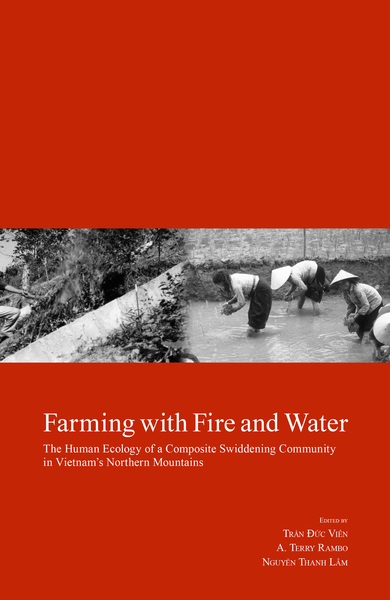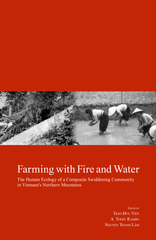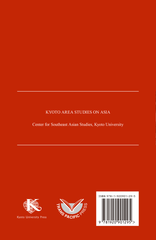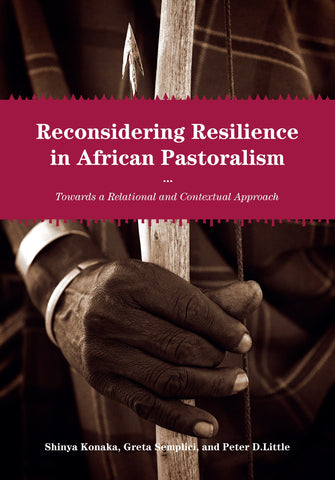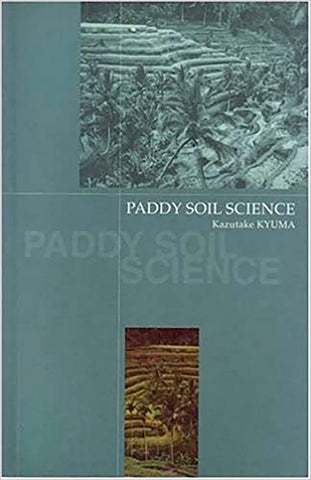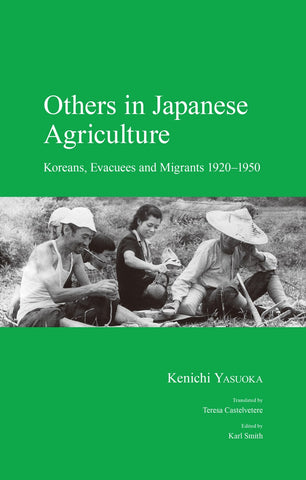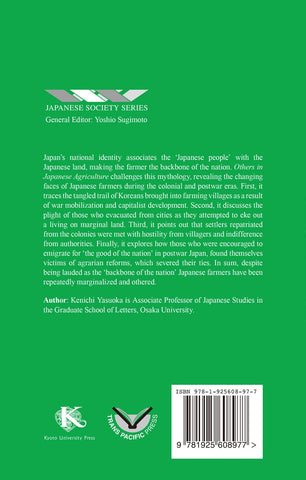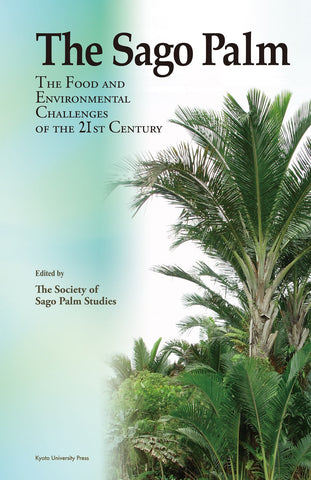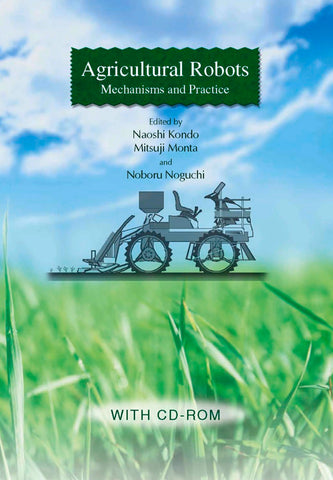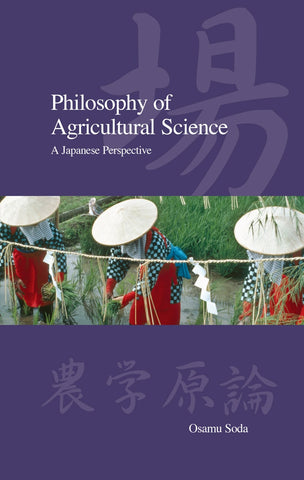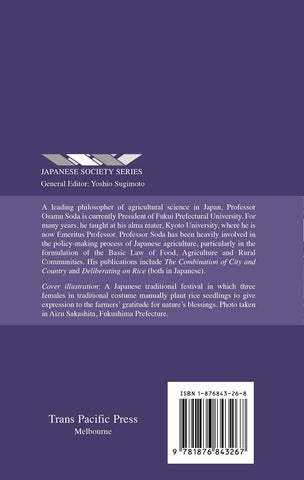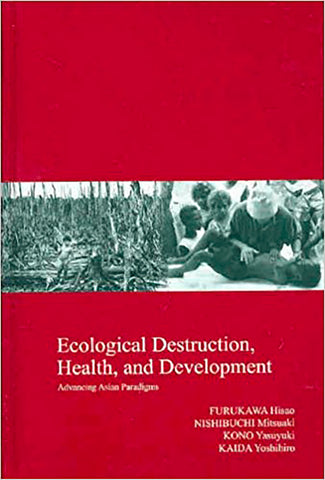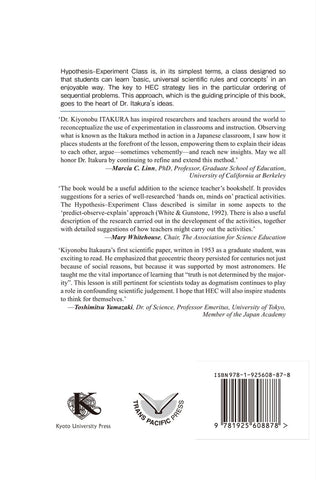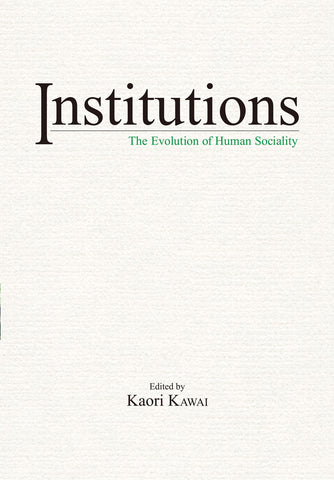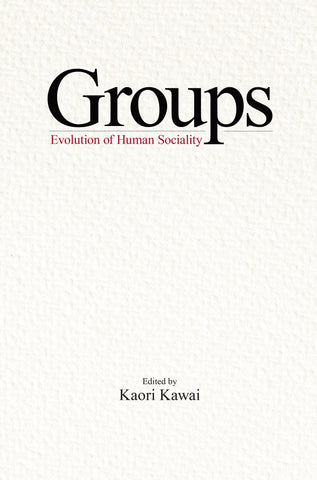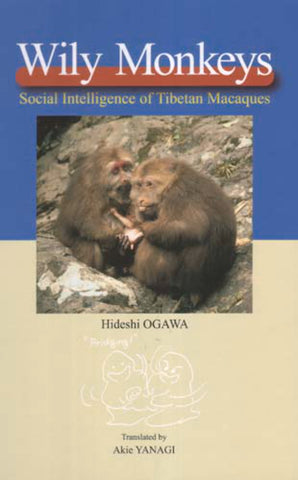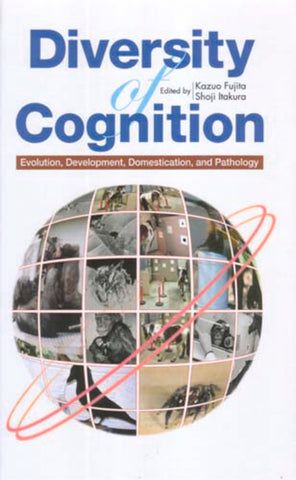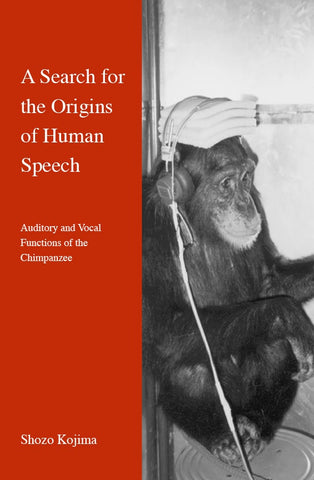Farming with Fire and Water
Many In Stock
This volume offers the first detailed description of 'composite swiddening,' a traditional Southeast Asian upland agricultural system that combines shifting cultivation fields on the hillsides with irrigated paddy fields in the valleys. The book is a product of research over a 15-year period by natural and social scientists in Vietnam's Tat Hamlet, a Da Bac Tay ethnic minority community, and it challenges the conventional belief that shifting cultivation inevitably causes deforestation. It describes this complex agroecosystem in terms of its multiple individual components, structure, functioning, and sustainability; social and economic dimensions; adaptation to on-going demographic, economic, environmental, and policy changes; and wider use elsewhere in Vietnam's northern mountains. It will be of interest to Southeast Asian area studies specialists, agricultural ecologists, ethnologists, and upland development policymakers.
Awards
Silver prize in the Vietnamese Publishers Association annual national book awards, 2010
About Editors and Authors
Tran Duc Vien
Tran Duc Vien is Senior Researcher at the Hanoi University of Agriculture in Vietnam. He specializes in the studies of swidden cultivation and tropical forest management in Southeast Asia.
A. Terry Rambo
A. Terry Rambo is Special Professor at the International Graduate Program on System Approaches in Agriculture, Khon Kaen University, Visiting Professor at Hanoi Agricultural University, Vietnam, and EWC Adjunct Fellow in the field of Environment Study in the EWC Research Program. From 2000 to 2004, he was Professor at the Center for Southeast Asian Studies, Kyoto University. He has lived in Southeast Asia for many years, conducting research and teaching in Vietnam, Thailand and Malaysia. His specialty is human ecology and his research interests include upland development in Vietnam, environmental perception, sustainable land use and global environmental policies.
Table of contents
List of Figures
List of Plates
List of Tables
Preface
Acknowledgments
List of Contributors
List of Major Government Policies and Programs Affecting Farming Communities in the Northern Mountain Region
PART I: BACKGROUND OF RESEARCH IN TAT HAMLET
Introduction to Part I
Show More >
List of Figures
List of Plates
List of Tables
Preface
Acknowledgments
List of Contributors
List of Major Government Policies and Programs Affecting Farming Communities in the Northern Mountain Region
PART I: BACKGROUND OF RESEARCH IN TAT HAMLET
Introduction to Part I
1 Research on Composite Swidden Agriculture in Tat Hamlet
2 Hamlet of the Waterfalls:An Overview of the Environmental and Social Characteristicsof Tat Hamlet
PART II: STRUCTURE AND FUNCTIONING OF THE COMPOSITE SWIDDEN AGROECOSYSTEM
Introduction to Part II
3 The Composite Swidden Agroecosystem of Tat Hamlet
4 Paddy Fields
5 Fallow Swidden Fields: Floral Composition, Successional Dynamics, and Farmer Management
6 Livestock
7 Fishponds
8 Homegardens and Tree Gardens
9 Secondary Forests
10 Recent Changes in the Composite Swiddening Farming System in Tat Hamlet
PART III: THE SOCIAL SYSTEM OF TAT HAMLET
Introduction to Part III
11 Social Organization and the Management of Natural Resources in Tat Hamlet
12 Diversifi cation of Household Livelihood Strategies in Tat Hamlet
13 The Evolving Role of the Market
14 Gender Roles in the Household Economy in Tat Hamlet
PART IV: THE ECOLOGICAL SUSTAINABILITY OF COMPOSITE SWIDDEN AGRICULTURE
Introduction to Part IV
15 A Nutrient Balance Analysis of the Composite Swiddening Agroecosystem
16 Does Composite Swiddening Cause Deforestation? Evidence from Analysis of Land Cover Change in Tat Hamlet from 1952 to 2003
PART V: THE COMPOSITE SWIDDEN AGROECOSYSTEM OF TAT HAMLET IN WIDER PERSPECTIVE
Introduction to Part V
17 Distribution of Composite Swiddening Agroecosystems in Vietnam’s Northern Mountain Region
18 Tat Hamlet in Comparative Perspective
19 Forest Interrupted: Tat Hamlet and the Political Ecology of Swidden Agriculture
Appendix
Bibliography
Index
